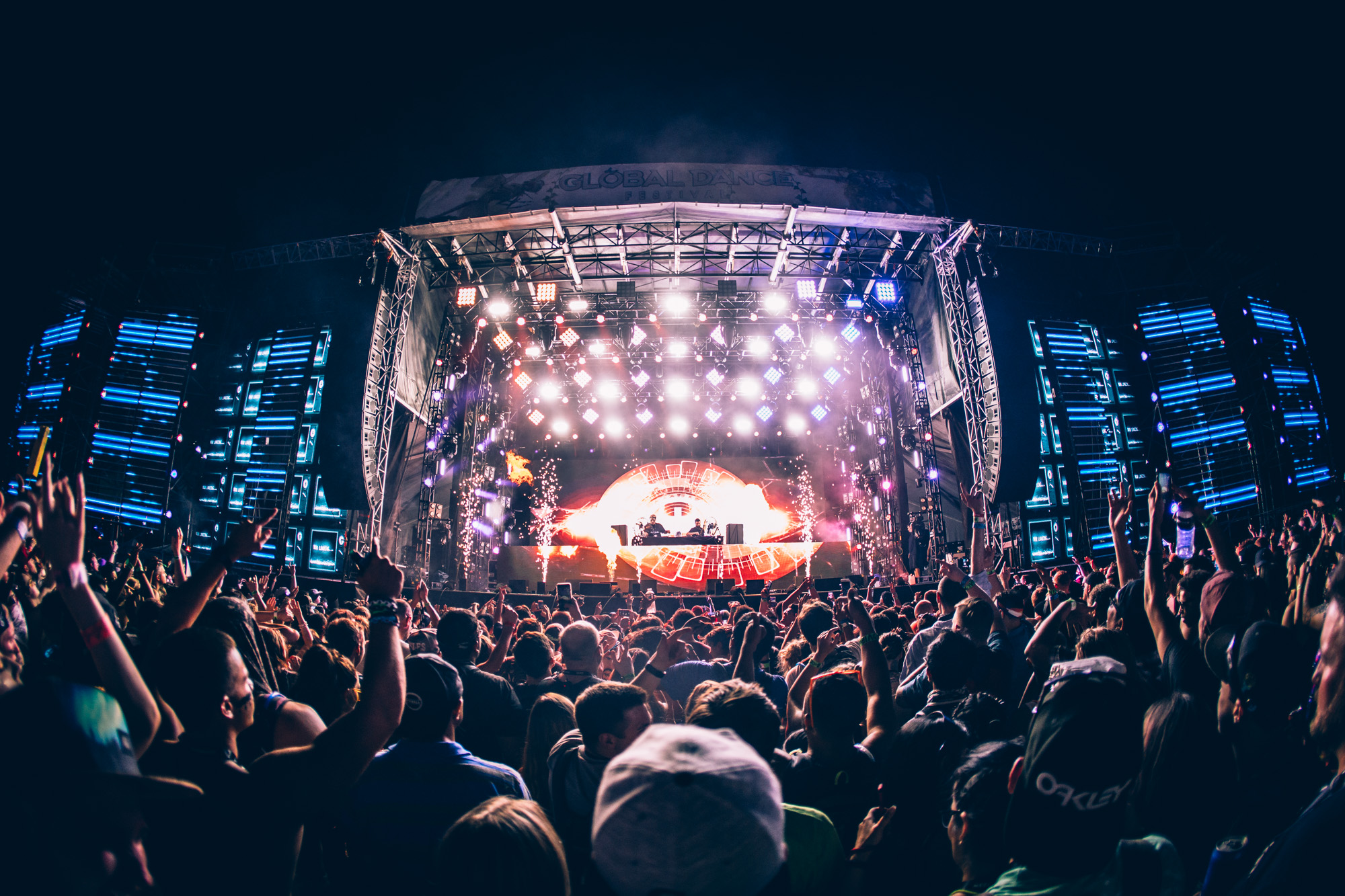Electronic dance music has always moved people — with sound, with light, with soul. It’s a culture built on escape and unity, where basslines carry emotions words can’t reach. But behind the mainstage, in the corridors of record labels, the corners of press rooms, and the strategy calls at 2 a.m., women have been building this world quietly, persistently, and brilliantly.
They’ve always been here. The difference is — now we see them.
For decades, women have shaped the infrastructure of EDM, but their recognition has lagged behind their impact. That’s changing.
Take Lesley Wright, whose editorial voice helped define how we talk about dance music. As the long-time editor of DJ Mag, she guided the publication through some of its most pivotal years, serving from 2001 to 2011. During that era, she documented the rise of global club culture, the explosion of digital DJing, and the evolving identity of the scene itself. Later, she was Editor-in-Chief of our very own EDM Magazine, where she transformed the publication into what it is today — an industry-centered voice with a finger on the pulse of dance music culture. Though no longer at the helm, her legacy remains embedded in the DNA of the magazine — in its tone, its depth, and its respect for the music. Today, she continues curating thoughtful, independent coverage through her platform iamCrü, spotlighting the people and stories that often go unheard.
Across the business side, Portia Sabin stands tall as one of the industry’s fiercest advocates. From the helm of Kill Rock Stars to her role as President of the Music Business Association, Sabin has pushed for equity and inclusion, championing the rights of independent artists and ensuring the future of music remains accessible to all — not just the privileged few.
In the world of artist management, women like Angela Becker (Pet Shop Boys) and Niamh Byrne (Blur, Gorillaz) have redefined what it means to support talent. They are strategists, protectors, and visionaries. Their work happens in the margins, but its impact is felt in every sold-out show, every chart-topping single, every legacy built.
Then there’s Dani Deahl — a renaissance force in the industry. As a journalist, speaker, and producer, Deahl has advocated for underrepresented artists, confronted biases in music and tech, and reminded the world that the dance floor must include everyone. Her TEDx talk “Women, STEM & EDM” struck a global chord, sparking conversations that still resonate today.
From the heart of Iran, Nesa Azadikhah represents a different kind of power — the kind that creates space where none existed. Through her platform Deep House Tehran, she’s opened sonic doors in places where freedom of expression is often met with resistance. Her work is more than art — it’s cultural defiance wrapped in rhythm.
And let’s not forget the quiet curators — like Patti Schmidt, whose work with Brave New Waves and MUTEK has influenced the aesthetic evolution of electronic music for decades. While the mainstream chased headlines, Schmidt gave a stage to the future — long before it was cool.
These are the voices reshaping the EDM landscape from the inside out. They are leaders, mentors, and visionaries — not anomalies, but evidence of a growing, powerful wave. A generation of women who refuse to wait for permission to lead, to create, to own their place.
And to all the other women working tirelessly in this scene — the promoters breaking ground in new cities, the lighting techs building visual worlds, the sound engineers fine-tuning every kick drum, the producers crafting the next big sound, the stage designers, the A&Rs, the community managers, the social media leads, the interns, the dreamers — this story includes you too.
Because the future of dance music isn’t just brighter — it’s more brilliant, more diverse, and more unapologetically female than ever before.
To the 20-year-old reading this and wondering if there’s room for her here: there is.
The stage is yours — build it.






































